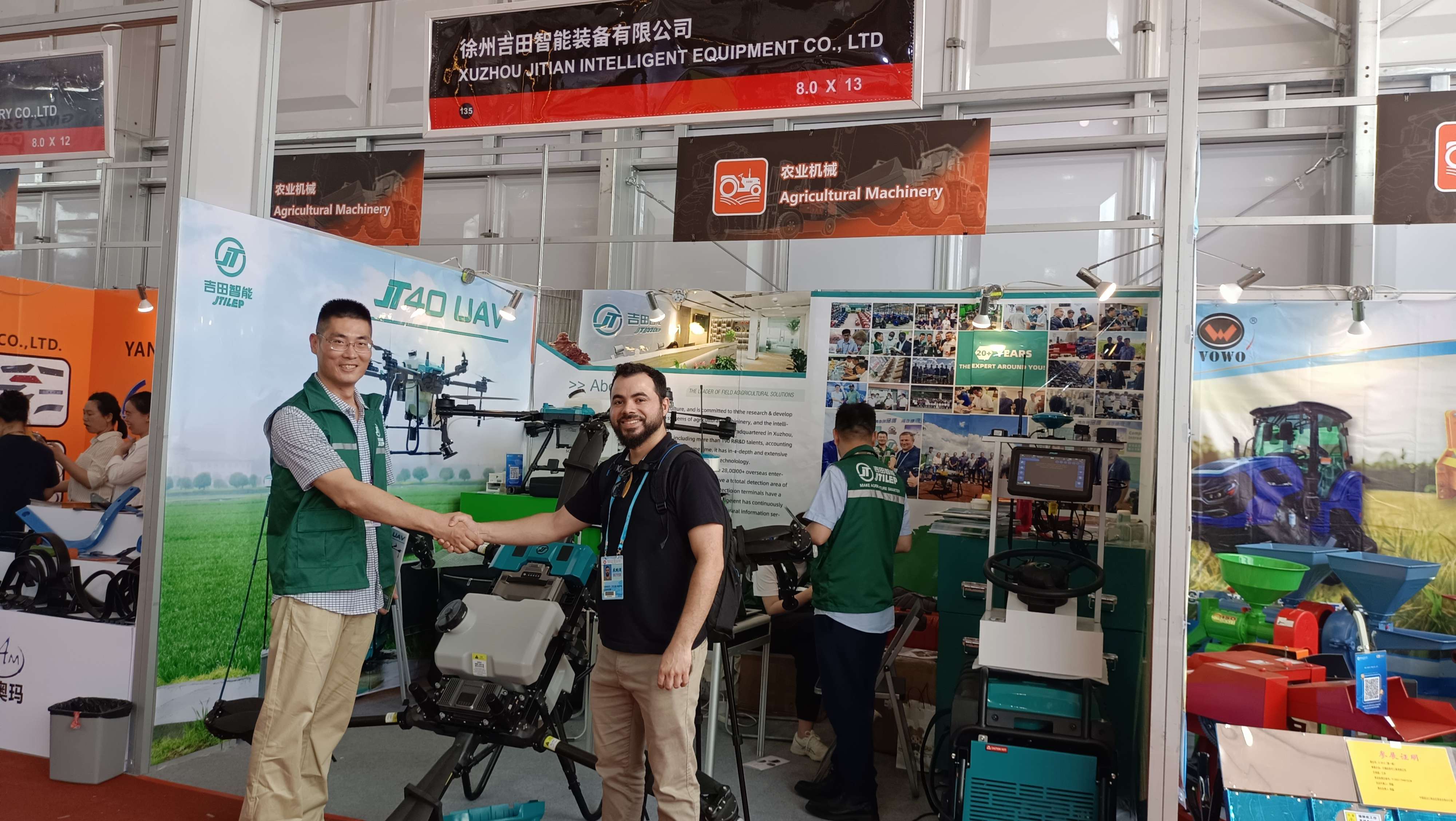In a remarkable display of technology and creativity, a robot collaborated with roller skate dancers to symbolically cross from Pyeongchang to Beijing in 2022. This moment was part of the closing ceremony of the Pyeongchang Winter Olympics, where 24 "Ice Screen" robots developed by Chinese company Xinsong made their debut on the global stage. These robots not only executed precise movements but also performed alongside human dancers and interactive projections, showcasing a blend of art and engineering.
This performance marked a historic milestone as it was the first time domestic robots successfully executed complex dance moves in an international competition, highlighting China’s growing technological prowess. The event captured the attention of audiences worldwide and reinforced the idea of “China-made innovation.â€
At the closing ceremony of the Pyeongchang Winter Olympics, Xinsong's robots danced in harmony with performers, creating a visually stunning and technologically advanced spectacle. Such achievements have led many to question whether these performances signal that Chinese robotics companies are now among the world’s top innovators.
Beyond the glitz of high-profile events, the broader landscape of robotics in China is rapidly evolving. In recent years, the adoption of industrial robots has surged, especially in manufacturing sectors, fueling the perception that China is becoming a major player in the global robotics industry.
Globally, automation is accelerating, and robot density is rising across regions. Asia, in particular, has been at the forefront, with China leading the way in terms of growth. From 2010 to 2016, Asia saw an average annual increase of 9% in robot installations, outpacing both the Americas and Europe. As a result, China has become one of the fastest-growing markets for industrial robot density.
According to recent data, China's industrial robot density ranks 23rd globally, but the government has been actively supporting the sector through favorable policies. The goal is to position China among the top ten automated nations by 2020. With strong policy backing and increasing investment, the industry is poised for continued growth.
In 2017 alone, China produced 131,000 industrial robots, representing a 51% year-on-year increase. Industry forecasts predict even stronger growth, with sales expected to reach 160,000 units in 2018, 195,000 in 2019, and 238,000 in 2020, reflecting a compound annual growth rate (CAGR) of 22% over the next three years.
Domestic robot manufacturers have also benefited from this momentum. For example, in the third quarter of 2017, four major Chinese robot companies—Xinshida, Xinsong, Estun, and Tuosida—reported impressive revenue growth. On average, their revenue increased by 54.75%, with new business income reaching 2.58 billion yuan. Xinsong, in particular, reported operating income of 1.677 billion yuan, while Estun and Tuosida achieved 665 million and 508 million yuan respectively. Xinsong’s net profit for 2017 was estimated between 431.3 million and 513.5 million yuan.
These figures highlight not only the rapid expansion of China’s robotics industry but also its growing influence on the global stage. As the country continues to invest in innovation and automation, it is clear that the future of robotics in China is bright—and increasingly visible.
JTILEP 40L drone agrícola

- Multi-Rotor Drones.
- Fixed-Wing Drones.
- Single-Rotor Drones.
- Fixed-Wing Hybrid VTOL.
- What Do Agricultural Drones Do? Agricultural drones allow farmers to monitor crop and livestock conditions from the air to keep watch for potential problems and help optimize field management.
- Agricultural drones are indeed playing an increasingly important role in modern agriculture. They have greatly improved the efficiency and quality of agricultural production through efficient and precise flight operations.
- jtilep agricultural drones may have some advanced technologies and functions, such as intelligent flight control systems, high-definition cameras, precision spraying devices, etc., which can help farmers better manage farmland and improve crop yield and quality.
- Of course, with the continuous advancement of technology, agricultural drones are also constantly developing and improving. In the future, we can look forward to more innovative technologies and applications that will bring more convenience and benefits to agricultural production.
- If you have a deeper understanding of jtilep agricultural drones or have any questions, please feel free to communicate with me. I will do my best to provide you with help and answers.

ag drones , spray drones for sale , agriculture drone sprayer , agriculture drone price
Xuzhou Jitian Intelligent Equipment Co. Ltd , https://www.jitianintelligent.com